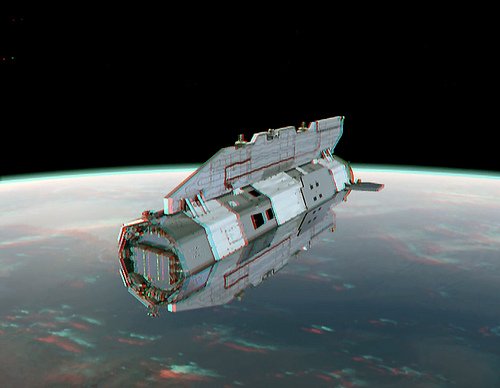GOCE satellite re-enters Earth’s atmosphere
GOCE satellite has re-entered the Earth’s atmosphere, burning up in the process.
Early estimates suggested any surviving debris of the European Space Agency’s (ESA) satellite could have fallen somewhere along a path through East Asia and the Western Pacific to Antarctica.
Dubbed the “Ferrari of space” because of its sleek looks, GOCE is the first ESA mission to make an uncontrolled re-entry in more than 25 years.
The gravity mapping probe’s plunge was inevitable once it ran out of fuel.
The mission was operating in an extremely low orbit – at 139 miles altitude, the lowest of any scientific satellite – and needed to constantly thrust an electric engine to stay aloft, but last month its fuel reserves were exhausted.
Pre-return modelling had indicated that perhaps a fifth to a quarter of GOCE’s one-tonne mass could have endured the fiery fall through the atmosphere.
Its sophisticated gradiometer – the instrument used to make gravity measurements – incorporated composite materials that were expected to ride out the destructive forces that would ordinarily incinerate traditional components.
GOCE was last observed at 22:42 GMT on Sunday as it passed 75 miles above Antarctica.
It has fuel and thrusters to direct its destructive dive towards the vast and uninhabited waters of the Southern Ocean, east of New Zealand.
The Inter-Agency Space Debris Coordination Committee – the global forum on “space junk” – chose GOCE as its special study project for 2013.
This meant a large number of tracking and surveillance facilities around the world were activated to monitor the satellite’s descent to Earth.
More detailed information is therefore likely to emerge in the coming hours and days on exactly where and when any materials struck the surface of the planet.
Statistics show that there is typically at least one piece of space “junk” re-entering the Earth’s atmosphere every day; with, on average, one intact defunct spacecraft or old rocket body coming back every week.
ESA’s last mission to make an uncontrolled re-entry was the magnetosphere explorer Isee-2, which came back in 1987.
ESA does, however, regularly manage controlled re-entries. Its space station freighter, the Automated Transfer Vehicle, can weigh some 13 tonnes when it comes back to Earth.
GOCE (Gravity Field and Steady-State Ocean Circulation Explorer) was launched in 2009 as part of a series of innovative environmental research satellites.
Its super-sensitive gradiometer was used to detect the tiny variations in the pull of gravity across the surface of the Earth.
GOCE’s maps have very broad applications. The data is a key reference in civil engineering for relating heights measured at widely separated locations, and for the computer models that need to understand how the oceans move to forecast future changes in climate.
[youtube pBiMHp2sA3Q 650]ESA

